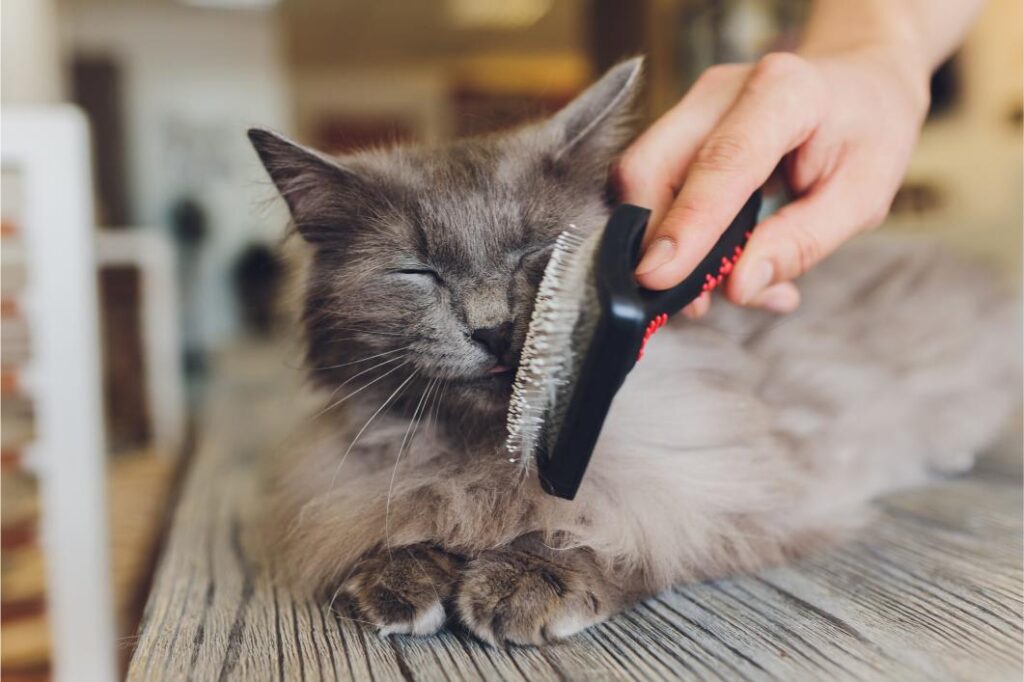Springtime Shedding: What’s Normal and When to Worry About Your Pet’s Coat

Spring is a time of transformation. Green grass starts growing, flowers start blooming, and pet fur is suddenly absolutely everywhere. Springtime pet shedding is no joke, but how do you know what’s normal and what’s excessive? How can you prepare for the big spring shed? The team at Shiloh Veterinary Hospital has tips to help see you through the spring shedding season.
Is Shedding Normal for Pets?
Shedding helps pets regulate their body temperature and keep their coat in tip-top shape. If you’re a pet parent, you’ve probably always got at least some loose dog or cat hair drifting around your house.
But during the spring, animals shed their heavier winter fur to get ready for warmer months ahead. You might start noticing small piles of fur throughout the house—a little trail that shows you exactly where your pet has trod.
But how much shedding is too much?
When Shedding Becomes a Concern
While most shedding is normal, excessive fur loss can point to an underlying problem for your pet. Excessive shedding in dogs can show up as bald spots, irritated skin, or an uneven shedding pattern that leaves some areas more hairless than others. There could be all sorts of reasons for an unusual shedding pattern, from allergies to parasites, and even hormonal imbalances.
In the same vein, if you notice your cats losing fur in spring in large amounts or in specific areas, this could be a sign of stress, a skin infection, or another underlying issue.
As you care for your pet’s spring coat, look out for these cat and dog shedding signs of trouble. If you see anything that worries you, reach out to your veterinarian as soon as you can. Your vet can help you identify dog and cat fur loss causes and provide treatment to get ahead of the issue.
Seasonal Pet Grooming Tips
You can help your pet’s coat stay healthy all the way through the spring shedding season with some simple habits:
- Brush regularly: Regular brushing gets rid of loose fur and prevents matting, which is especially important for double-coated breeds.
- Monthly baths: Baths help get rid of hair that needs to go, too. Use a gentle pet shampoo to clean your pet’s coat, followed by a thorough brushing.
- Provide a balanced diet: Foods rich in omega-3 fatty acids help give your pet a shiny, healthy coat all year long.
As a bonus, taking regular care of your pet’s coat will help you spot strange shedding patterns or bald spots right away!
Keep Your Pet’s Coat Healthy This Spring
When you know what’s normal for springtime pet shedding—and what isn’t—you can take steps to keep your pet’s coat healthy and spot signs of trouble right away. If you’re ever worried about your pet’s springtime hair loss, reach out to your veterinarian for guidance.
If you live in the Los Angeles area, the caring team at Shiloh Mobile Veterinary Hospital can come right to your door! Reach out to us today at (818) 614-9929 to schedule a visit.
